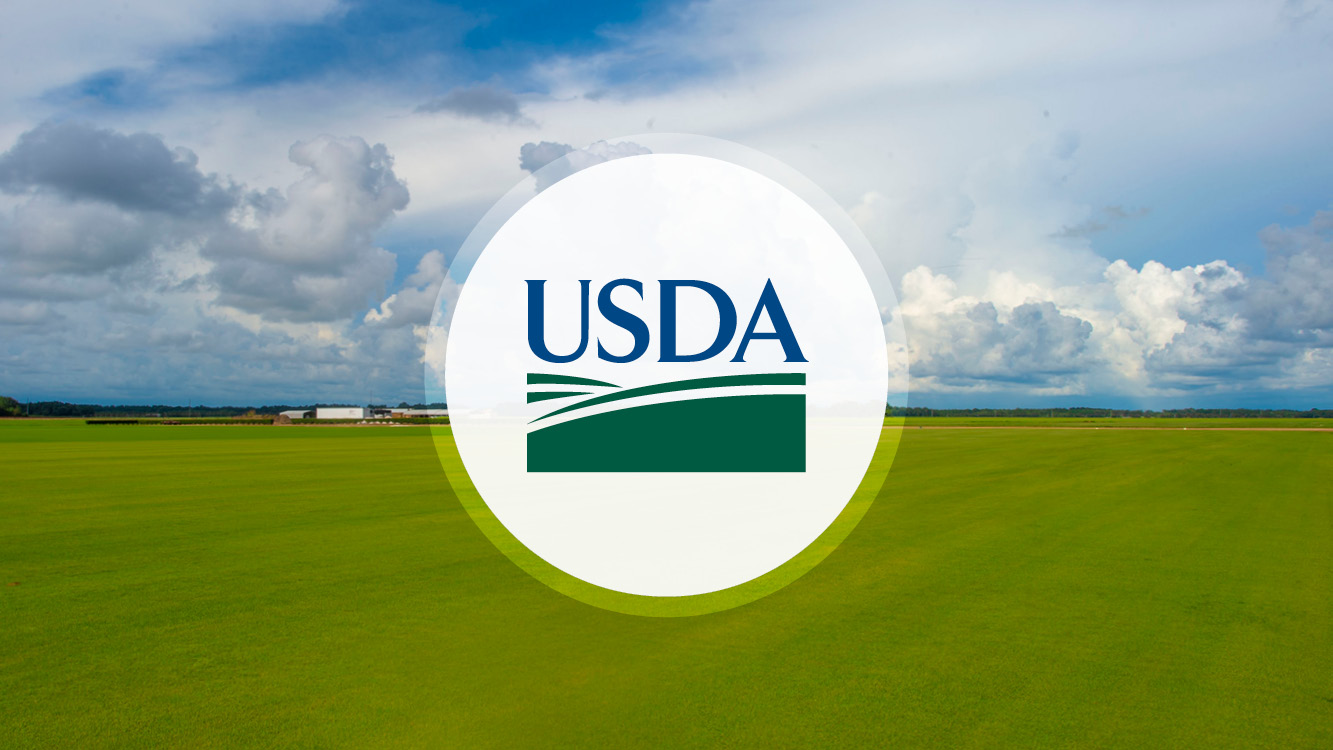
The USDA announced that people recovering from the impact of recent severe storms, flooding, and strong winds may be eligible for food assistance through the USDA's Disaster Supplemental Nutrition Assistance Program.
WASHINGTON, March 5, 2025 – The U.S. Department of Agriculture (USDA) announced that people recovering from the impact of recent severe storms, flooding, and strong winds may be eligible for food assistance through the USDA's Disaster Supplemental Nutrition Assistance Program (D-SNAP). An estimated 12,600 households in 14 Kentucky counties are eligible for this assistance to help pay for groceries.
Through this program, which the USDA makes available through states following disasters, people who might not be eligible for SNAP under normal circumstances can participate if they meet specific criteria, including disaster income limits and qualifying disaster-related expenses.
“USDA is dedicated to helping Kentucky individuals and families as they grapple with the impacts of recent storms and flooding,” said U.S. Secretary of Agriculture Brooke Rollins. “We are accelerating disaster assistance programs and working closely with state and local partners to get support to those affected as quickly as possible.”
Kentucky will launch its virtual and in-person D-SNAP application from March 5-7, 2025. Eligible counties include Breathitt, Clay, Estill, Floyd, Harlan, Johnson, Knott, Lee, Letcher, Martin, Owsley, Perry, Pike, and Simpson. Kentucky will share additional information about D-SNAP application dates and locations through local media.
How to apply for D-SNAP
To be eligible for D-SNAP, a household must live or work in an identified disaster area, have been affected by the disaster, and meet certain D-SNAP eligibility criteria. Eligible households will receive one month of benefits—equivalent to the maximum monthly amount for a SNAP household of their size—that they can use to purchase groceries at SNAP-approved stores or from some online retailers to meet their temporary food needs while they return home after the disaster. For more information about Kentucky's SNAP program, visit the Kynect Benefits website. For more information about this and other available assistance, Kentucky callers can dial 2-1-1.
Today's D-SNAP announcement is the latest in a USDA series of measures taken to help Kentucky residents cope with the recent storms and their aftermath, which also include:
- Approve a waiver to allow SNAP participants to purchase hot food and hot food items prepared for immediate consumption with their benefits at authorized SNAP retailers in 22 counties (Bell, Breathitt, Clay, Estill, Floyd, Harlan, Jackson, Johnson, Knott, Knox, Laurel, Lawrence, Lee, Leslie, Letcher, Magoffin, Martin, Owsley, Perry, Pike, Powell, and Wolfe) through March 27, 2025.
- Approve waivers from the 10-day reporting requirement for food purchased with SNAP benefits lost due to power outages in affected areas.
The D-SNAP timeline varies based on the unique circumstances of each disaster, but always begins after commercial food distribution channels have been restored and families are able to purchase and prepare food at home. Before implementing D-SNAP, a state must ensure that appropriate public information, staffing, and resources are in place.
Although current SNAP households are not eligible for D-SNAP, USDA has also approved Kentucky to automatically issue supplemental SNAP benefits to current SNAP households in the 14 approved counties (Breathitt, Clay, Estill, Floyd, Harlan, Johnson, Knott, Lee, Letcher, Martin, Owsley, Perry, Pike, and Simpson) to bring their benefit to the maximum amount for their household size if they are not already receiving that amount.
Other USDA Resources and Support
USDA staff are working with Kentucky, local government officials, and partners to provide rapid support to communities, farmers, ranchers, and small businesses in affected areas. USDA previously announced that the department has already issued flexibilities and waivers across its numerous farm service, nutrition, and community support programs and is working hard to seek additional flexibilities to get critical resources and support to communities in need. USDA has also taken steps to expedite assistance to agricultural producers, accelerating insurance payments, and implementing flexibilities and waivers to speed recovery efforts.
# # #
USDA is an equal opportunity provider, employer and lender.
